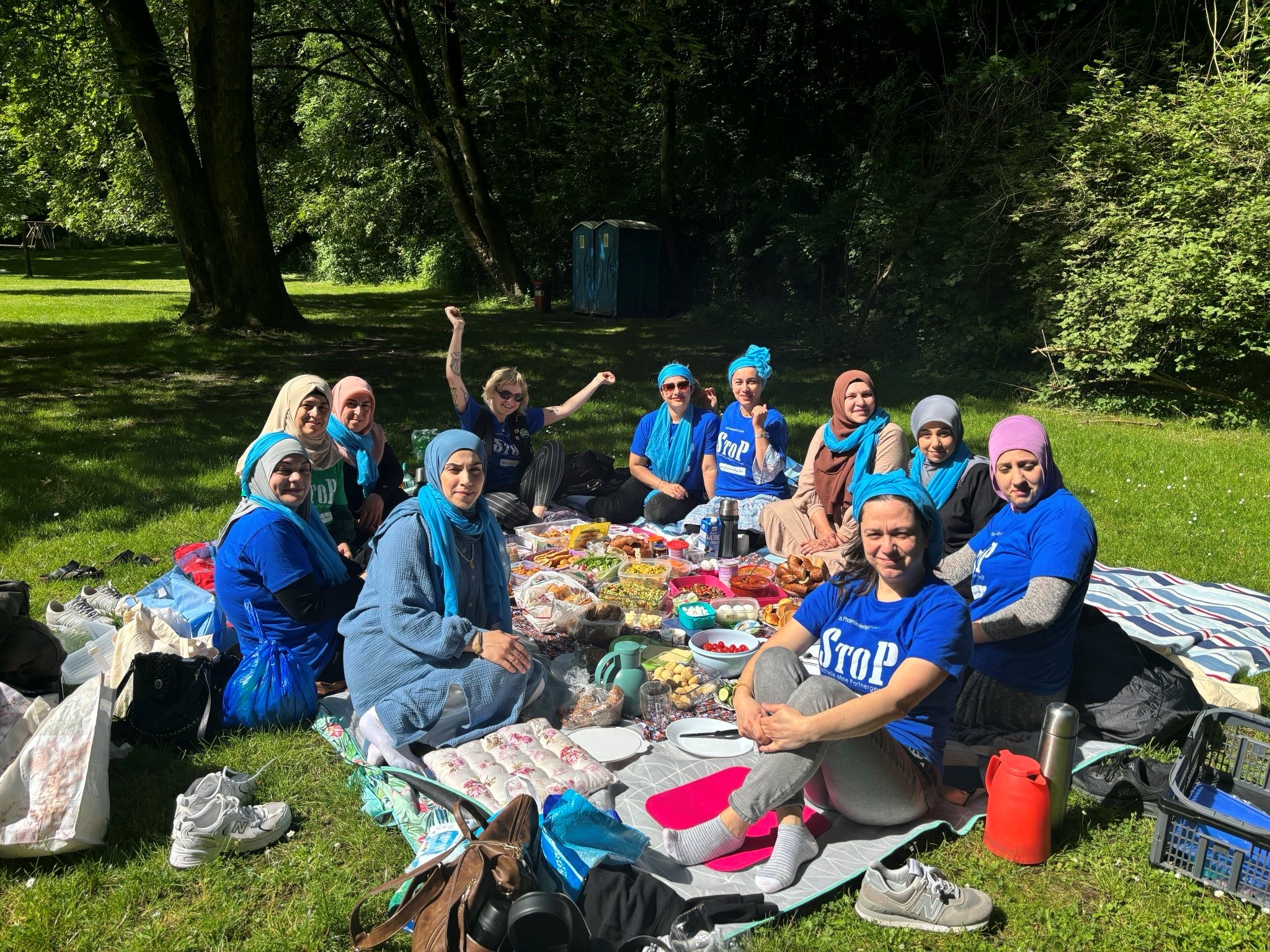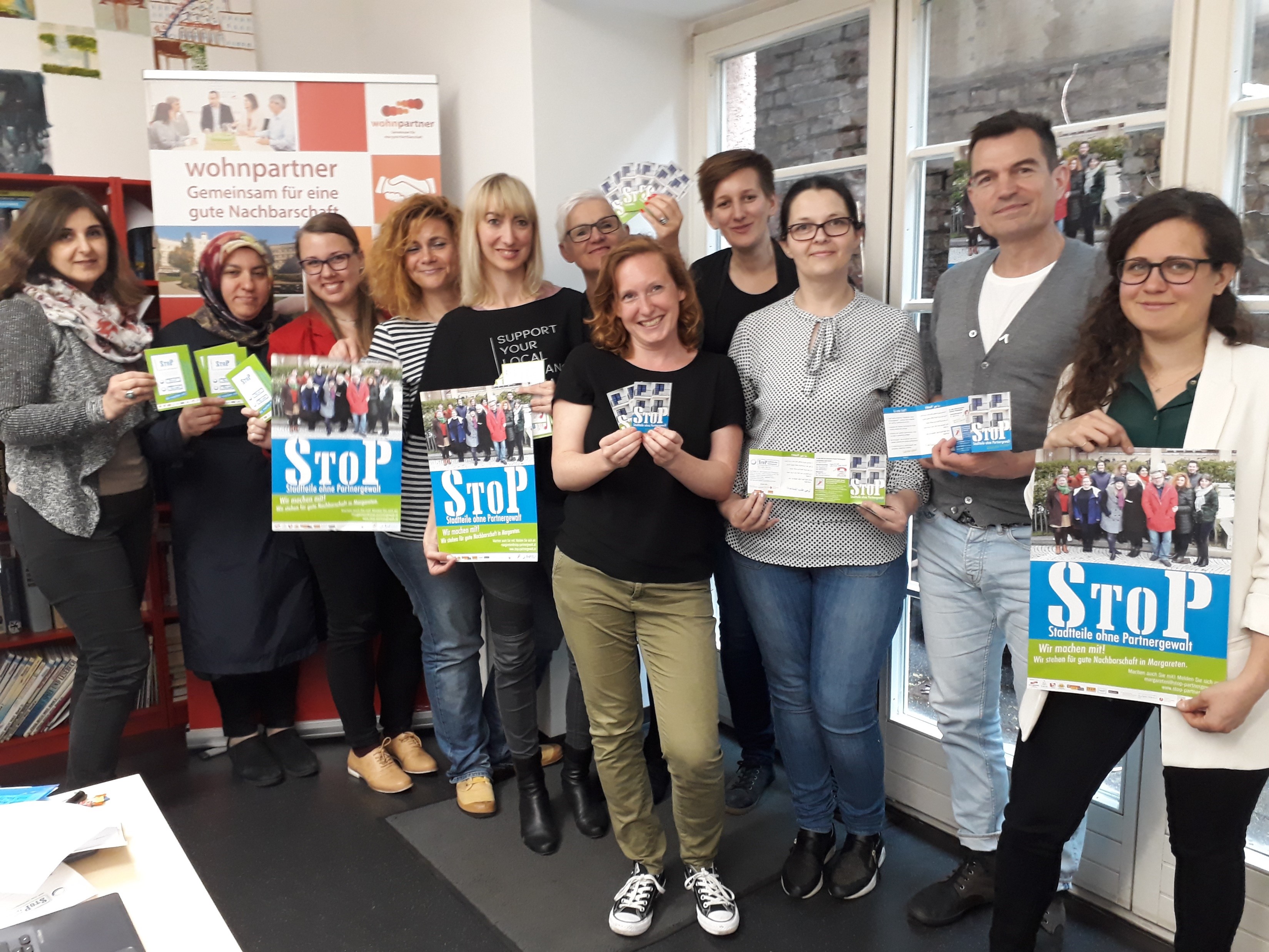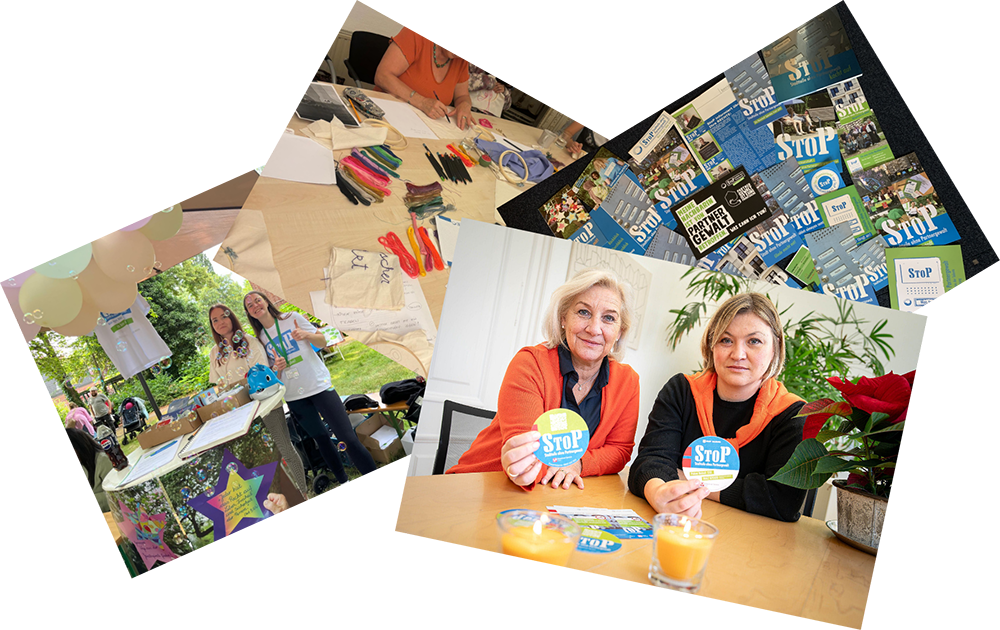Why
Step 7 is about building relationships on a small scale and involving more and more people. Empowerment is an important part of this. Neighbours active in Stop Community Groups should be strengthened as individuals and in their commitment. This should be combined and supported by identifying, developing and using local networks as a resource to advance prevention work and reduce domestic violence.
What
A tool for empowerment work is the network and resource map or the so-called VIP map (Herwig-Lempp 2007). During a meeting, the focus can be on (social) resources and individual or collective strengths. How to do this is described in the facilitator's guide.
Objectives
- Empowerment
- Get to know social resources
- Strengthening the neighbours
- Strengthening and expanding the StoP network and StoP work
- Forming groups
Facilitators Guide
‘Power' is based on certain resources. Sources of power include material resources such as money or properties , as well as knowledge, skills, physical strength, influential positions and, finally, people and their relationships. Power is “organised energy” (Saul Alinsky), i.e. the ability to act together with others and create social change. This is what trade unions and social movements, as well as StoP, stand for. The development of “power” can be consciously organised and supported. The experience of powerlessness affects many people, especially those from hierarchically subordinate population groups. Personal empowerment through the realisation of one's own strengths is therefore necessary in order to be able to take action. Combining these strengths with those of others, e.g. in the StoP community group and with associations and organisations in the vicinity, leads to collective, organised power to act.
The Strength-Based Approach refers to the attitude of focusing on discovering resources and recognising sources of strength, relationships, strengths, abilities, skills and one's own potential as well as that of others. You can do this by using a simple map and specific questions:
Creating a network and resource map (VIP map)
- 4 fields, divided by lines
- in the centre is the ‘anchor person’/yourself – or the StoP group as the centre of the network
- One generic term per field (family and relatives, friends and acquaintances, institutions, organisations and leisure time, work and school/study)
Questions
- Who do I know/do we know here in this field?
- What resources do I have/does this person have, that could strengthen me personally (e.g. as a woman affected by violence or as a StoP activist) or us as a StoP group? For each field write down the people, organisations and their resources that are known to the anchor person(s). The closer the relationship, the closer to the centre of the sheet (anchor person) it is noted.
- Connect people who know each other from the different networks with lines
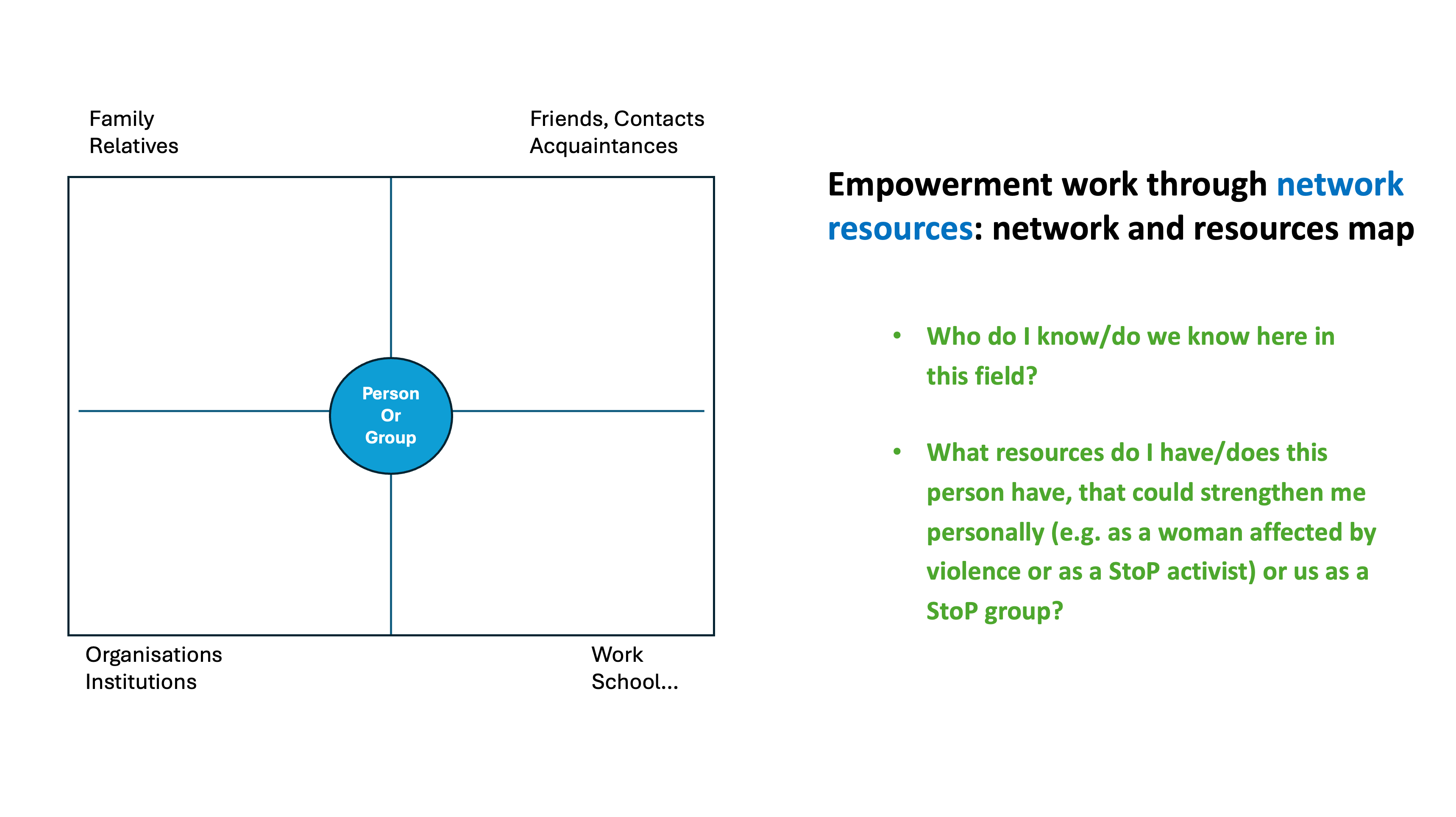
This not only reveals social resources, but also reflects the nature of the relationships. It can be important to recognise that there are connections between the people in and between the fields and to strengthen these relationships as social resources. The network map shows what social support and alliance possibilities exist, personally or for the StoP's concerns – depending on the initial question
Reflection
- Personal: What strengths do I already have? Who are the people around me that I turn to when I'm feeling bad? Who can help me? Who do I know who knows someone who could support me?
- As a StoP community group: Which people and contexts do we know that are important for the StoP concern, with whom we should be (more) in contact? What qualities and resources do these people and contexts have that could advance the StoP cause?
Time and People needed
- Time: 1,5 hours
- People: 2–5
Target groups
- Active neighbours
- cooperation partners
Steps/Action
- Prepare network map/VIP map
- Offer tool at neighbourhood meetings and workshops and implement them as required.
Material
- Time, pleasant atmosphere, quiet room
- Paper, pens
- Seating
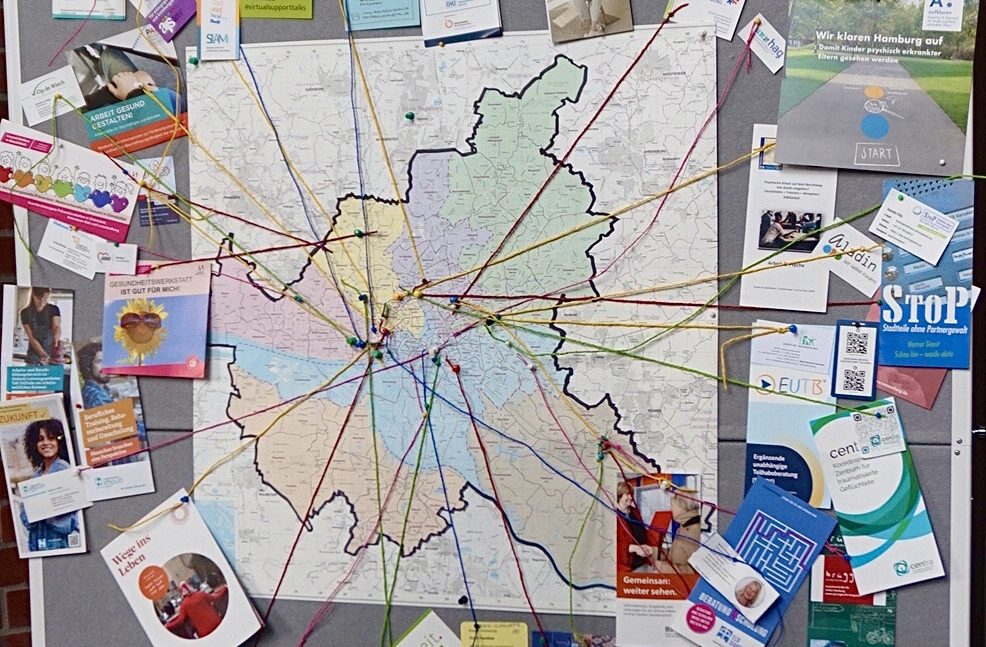
References
-
Breton, M. (2017). An Empowerment Perspective. In: Garvin, Ch.D. (Ed.) Handbook of Social Work with Groups, Second Edition, Guilford Publications. ProQuest Ebook Central http://ebookcentral.proquest.com/lib/bu/detail.action?docID=4844818
-
Herriger, N. (2022). Empowerment in Social Work. Values, methods, implementation https://www.empowerment.de/empowerment.de/files/Materialien-3-Empowerment-in-social-work_english-version.pdf
-
Herwig-Lempp, J. (2007). Ressourcen im Umfeld: Die VIP-Karte. In: Michel-Schwartze, B. (Ed.). Methodenbuch Soziale Arbeit. Basiswissen für die Praxis. Wiesbaden: VS Verlag für Sozialwissenschaften, pp. 207-226.
